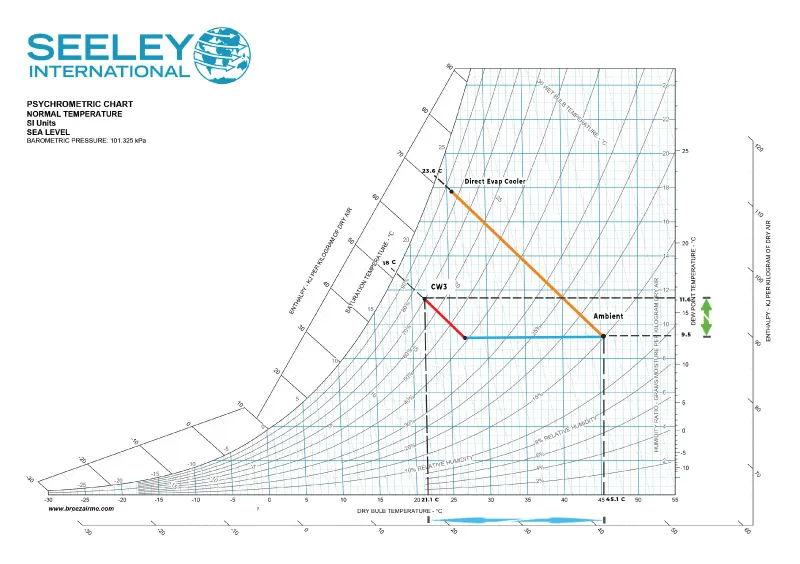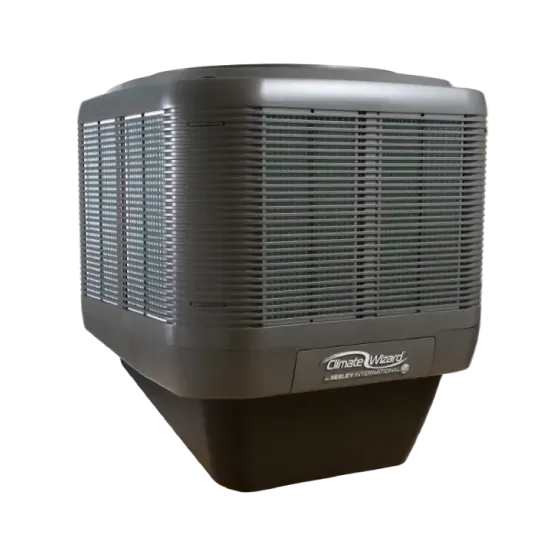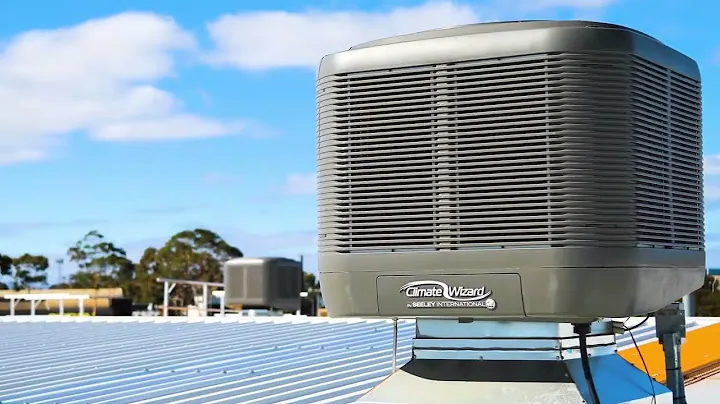Dual Stage Coolers
Indirect Direct Evaporative cooling is the dual-stage Cooling technology or CW3 in some conditions that represents a remarkable development in the the Air Cooling systems for Factory. To offer higher-level cooling performance, this inventive approach combines Indirect and direct Evaporative cooling processes. This technology is specially designed to supply economical, friendly, energy-efficient solutions in commercial and industrial applications. The dual-stage cooler operates in two primary junctures. In the first stage of the Indirect Evaporative cooling step, air passes through a heat exchanger and is cooled down without adding steam. The direct evaporative cooling stage is the second step in which the pre-cooled air moves. Making it an ideal solution for dry and hot climates, this process notably reduces the air temperature while moderately increasing humidity. One of the foremost benefits of dual-stage factory Cooling Solutions technology is its energy efficiency.
Factory Cooling Solutions

In contrast to traditional factory air Coolers and cooling systems, traditional ACs require much more energy to cool ample spaces. To cool ample spaces with 100% fresh aircraft, IDEC systems use water and less energy. For a wide range of climate and indoor environments, the IDEC system’s capacity to cool air without adding imprudent moisture. This Trump is noticeable in areas where maintaining a lower moisture level is essential for comfort or to protect sensitive equipment and materials.
For commercial buildings, manufacturing facilities, zoos and farms, warehouses, and large factories, dual-stage coolers are suited for various applications. In the areas where water and energy conservation are forgoing, these Coolers are very useful; without the high energy consumption and cost associated with conventional air cooling systems, these offer an advanced cooling solution. During the hot summer months, when the demand for efficient and efficacious space cooling is at its peak, the dual-stage Cooling technology is dominant. IDEC systems reduce indoor temperature to a comfortable level without increasing humidity. For a comfortable environment for inhabitants and protecting equipment from the unfavorable effect of excessive heat, this makes them ideal for cooling commercial spaces and industrial facilities. Offering a bearable solution to the challenge of cooling spaces in the summer heat, the technology’s efficient operation translates into lower electricity bills.


